Video production and subsequent distribution helped Dee Valley Environmental Network reach a broader audience after a public hearing to educate residents and businesses in the Dee Valley about proposals for construction of a wind turbine farm in an Area of Outstanding Natural Beauty (AONB).
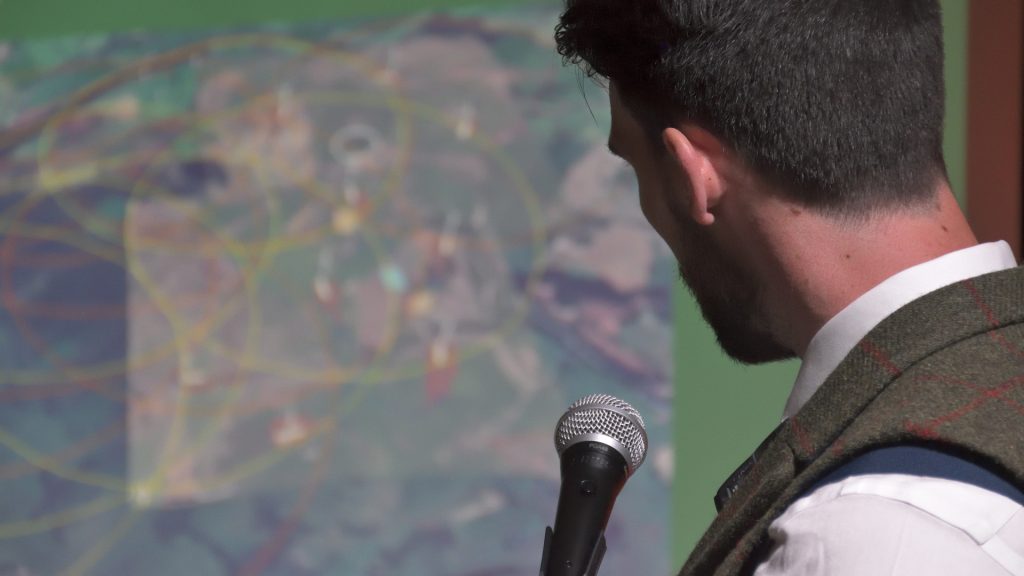
How to use this page
Tap or click open the grey headers to toggle open and close sections to browse this article
About the project
We work with Community Interest Companies (CIC) – often at discounted rates – in consideration of their non profit status. For this video production project, we took instructions on about a week’s notice to record, edit, and distribute a public hearing ahead of an imminent deadline for registering support or objection to a proposed wind turbine farm.
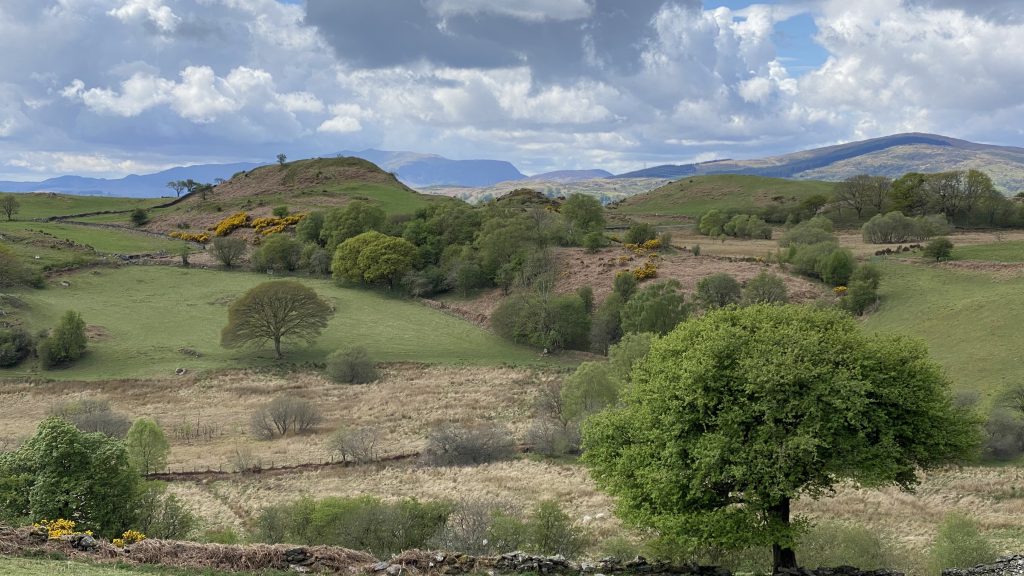
Background
Moel Mynyllod stands over the northern banks of the Upper River Dee. The landscape borders an Area of outstanding Natural Beauty (AONB), much of which is designated a Site of Special Scientific Interest (SSSI).
German energy company RWE prepared plans for construction of a wind turbine farm which were the subject matter of this public hearing.
Rare animals and plants occupy this territory and a complex series of aquifers drain into the River Dee, itself the most scientifically sensitive upper river ecosystem in Britain. Displacement of rare species like curlews threatened their existence and contaminationfrom PFCs, hydraulic fluid and oil threatens aquifers which turbines, some of which are intended to be 200m tall would be constructed.
In addition to providing authentic rendering of presentations and graphics, video content needed to be organized for further segmention for Facebook and YouTube “Shorts” to publicize continuing campaigns. Lastly, footage needed to be sufficient for submission as evidence to be lodged with Welsh Assembly planning officials.
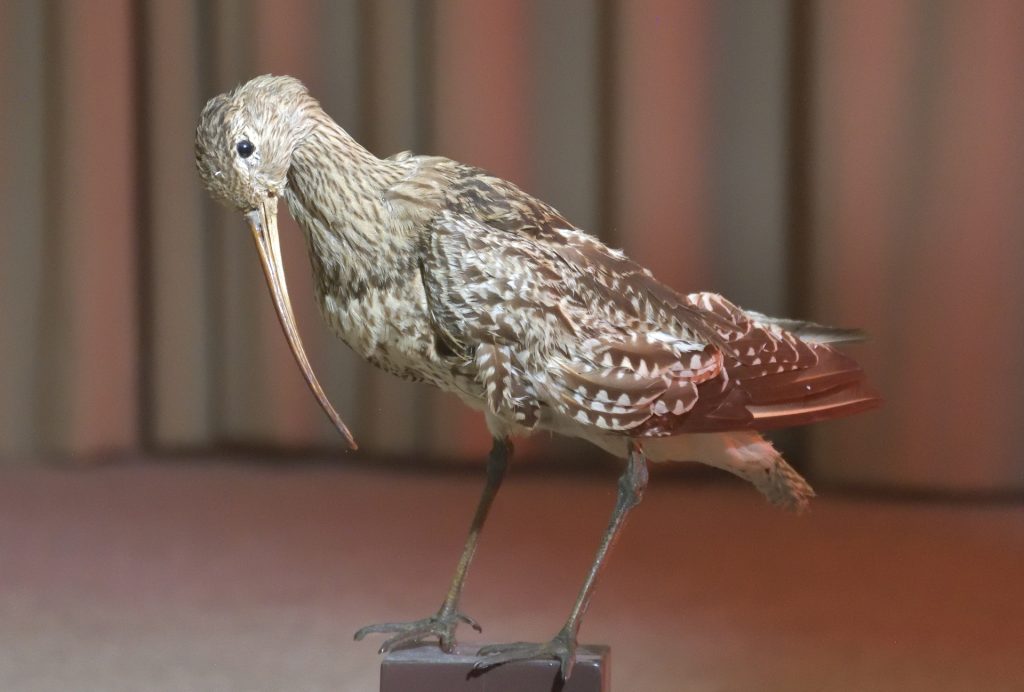
Filming considerations
This kind of video production presents similar demands to conventions or seminars. Mobile phones interfere with radio microphones and public address systems can cause feedback problems for microphones.
Cameras and audio mixing equipment needed to be nimble for rapid relocation where presenters change station at short notice. Camera positioning and visibility needed to be discreet to minimize speakers’ focus. Lastly, raw files needed to be as portable as possible to help reduce editing and assembly in view of tight deadlines for distribution. All of this would be a problem for a conventional DSLR camera.
The evening relied on a darkened room to give priority to a slideshow. Phone cameras do not respond well in poor light and variable frame rates which phone cameras default to are problematic for audio synchronization. However, minimum stage lighting was configured to improve staging.
Camera solution
The Insta360 Ace Pro features onboard AI and 8K resolution. It is best known for operability in low light, and we chose this camera because it meant a minimum of stage lighting which would otherwise impact a slideshow. Remote camera management functinons meant one engineer could manage camera, audio, and also roam the room for DSLR camera stills for Press purposes. Lastly, this camera’s three onboard mics captured audio to be used as “scratch” for synching professional audio recorded separately.
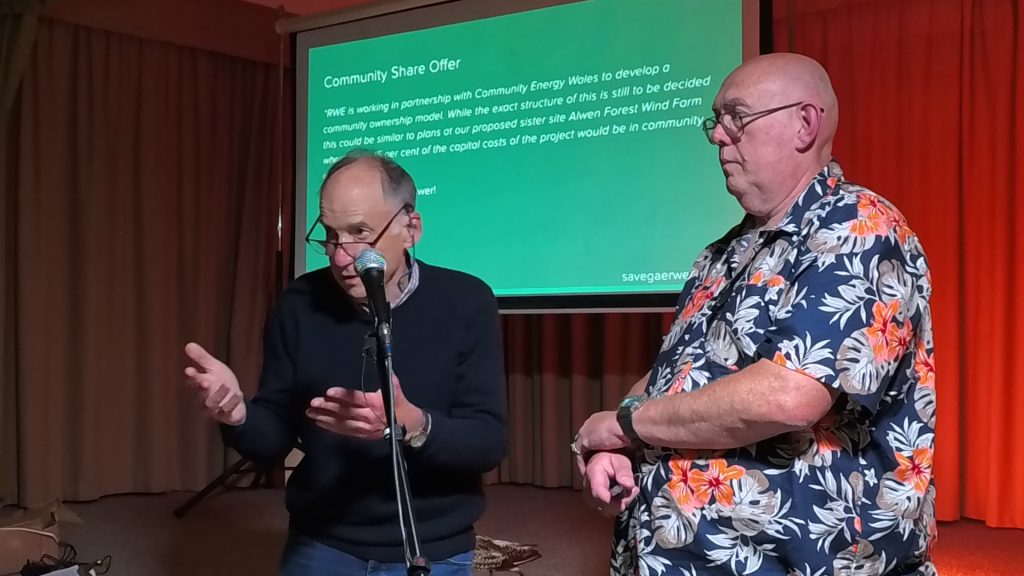
Audio solution
Presentation speakers relied on a Shure SM58 microphone to drive a PA system. To avoid the complications that come with capturing PA audio which was prone to plosives and other degradations, we used Zoom F2 recorders with lavalier microphones.
For this project, the recorders were deployed as standalone microphones. Proximity to mouth is desirable when using lavalier microphones. However, the F2’s 32-bit floating point technology provides ample scope in post production to improve dynamic range issues at distance. We have used F2 recorders in a variety of unusual deployments and the units deliver excellent quality for post production.
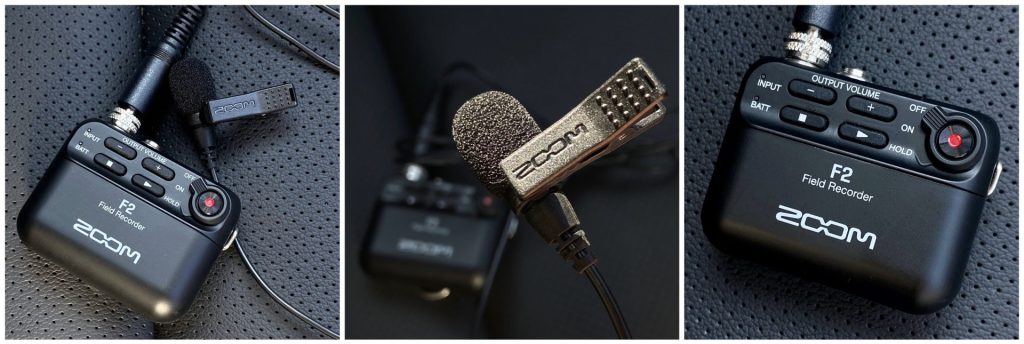
In closing…
Video production brings unique challenges and we approach all projects professionally. Miniaturisation means we can leverage a variety of hardware from inventory to keep pace with conventional broadcast cameras.
This is an example of a convention/seminar event where “nimble” hardware can be rapidly and discreetly deployed to produce reliable quality that minimizes the risk of prolonged post production.